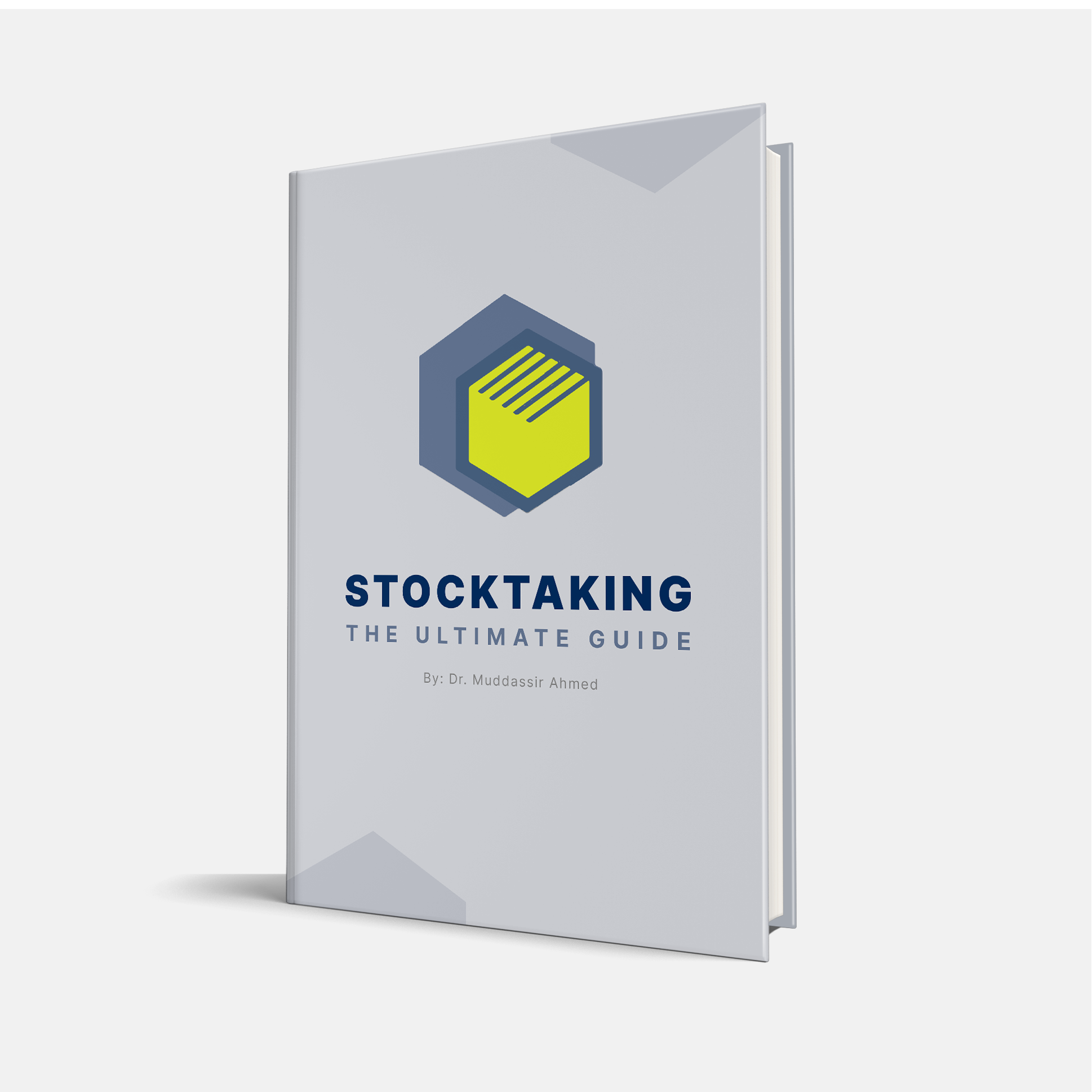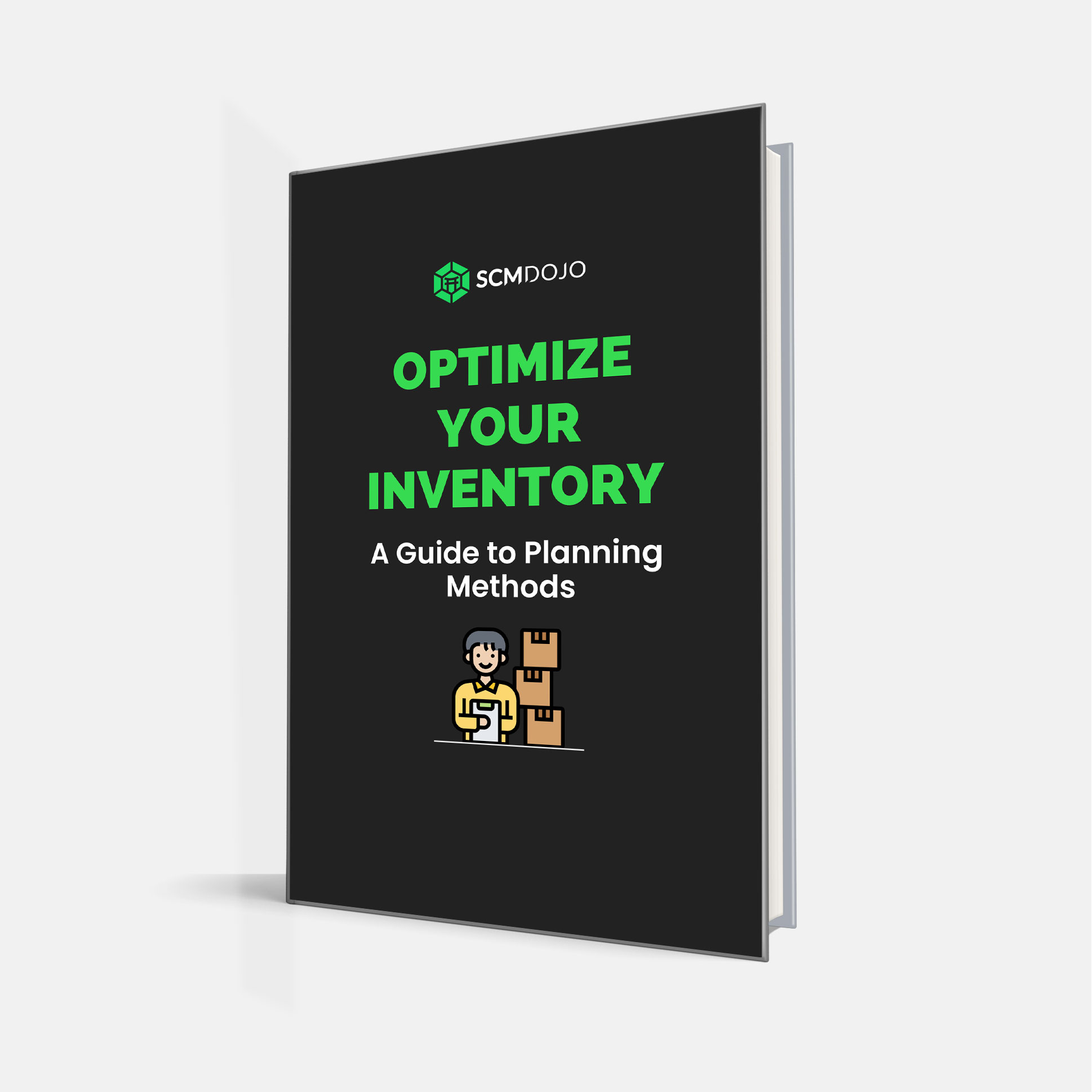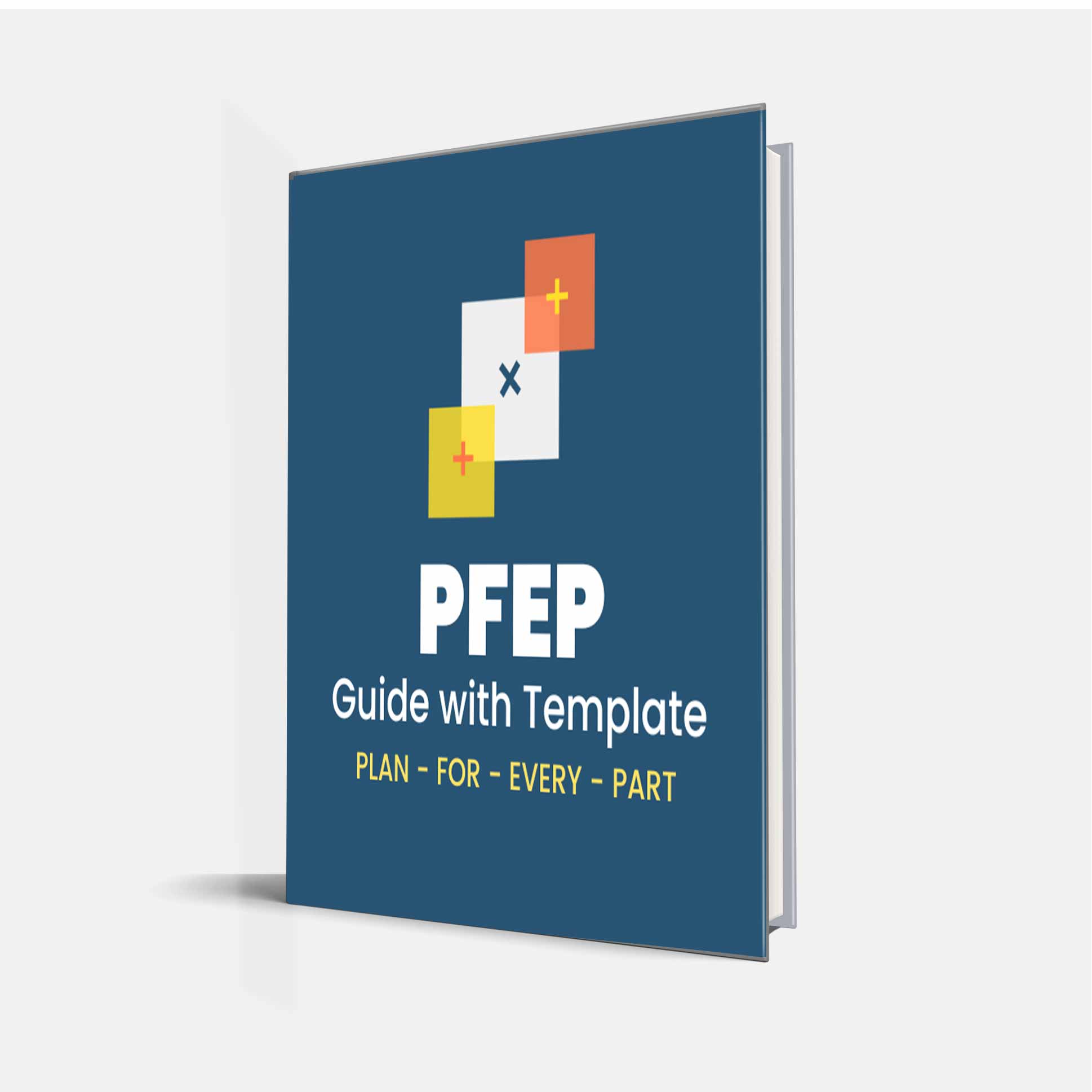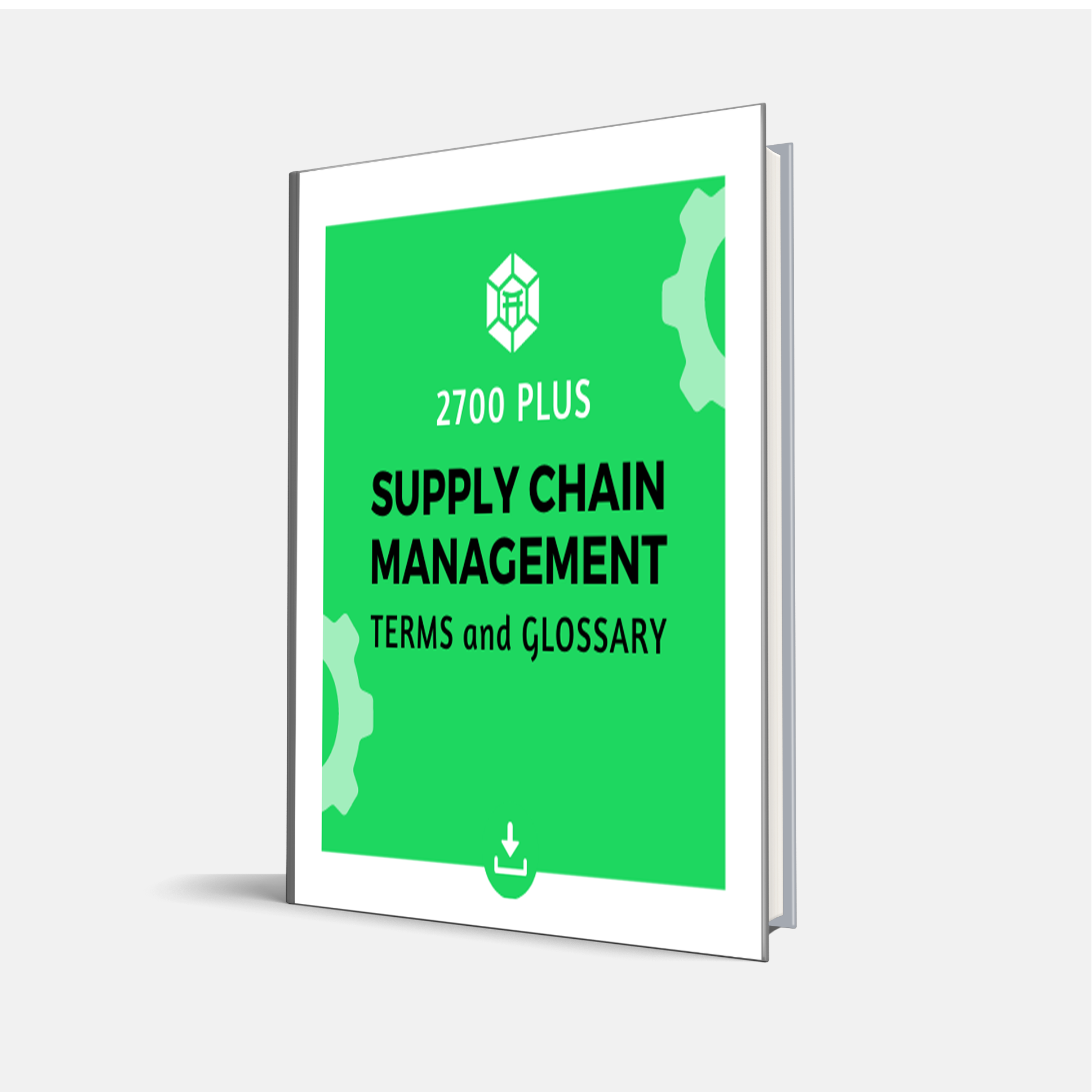Demand Forecasting Methods - The Ultimate Guide
$20.00
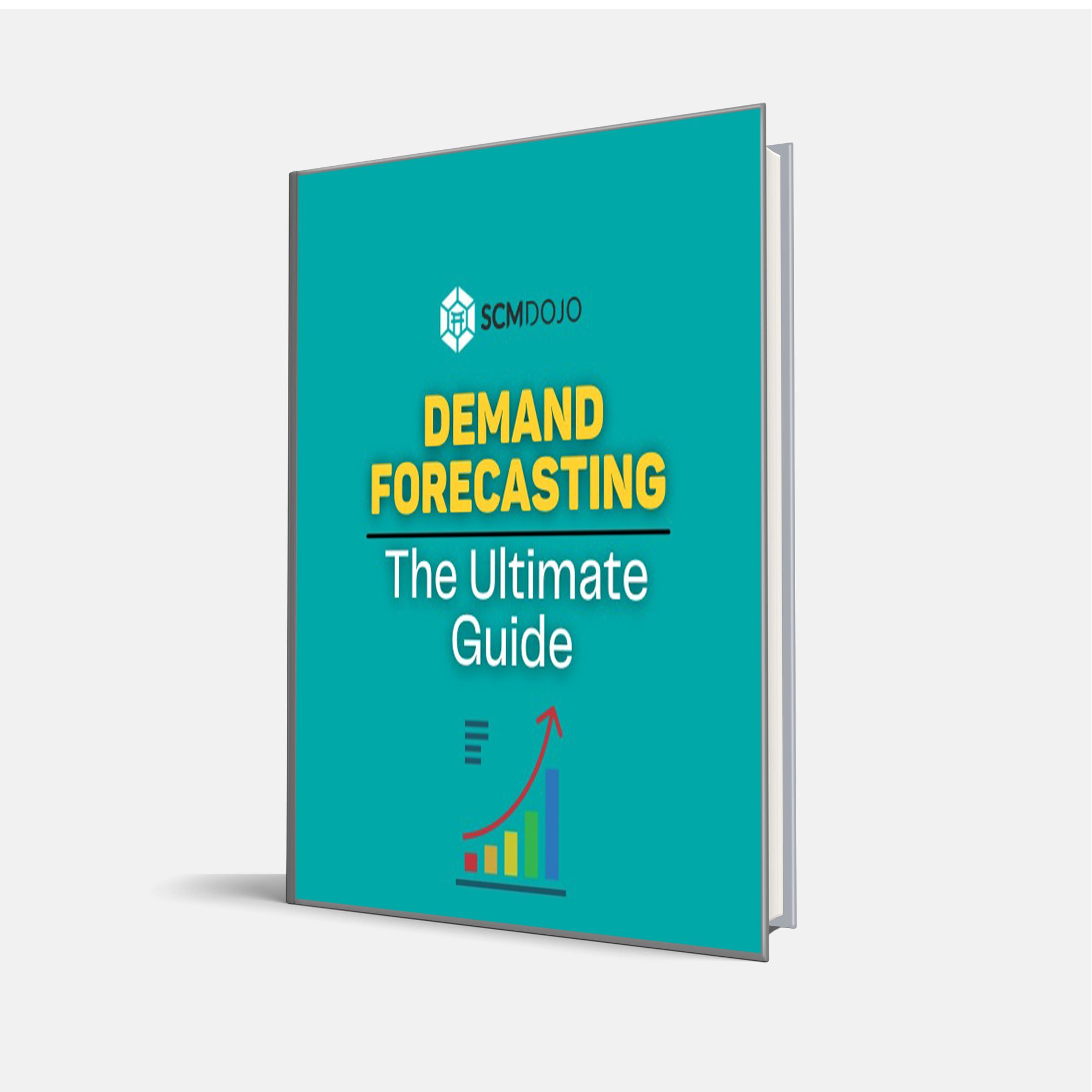
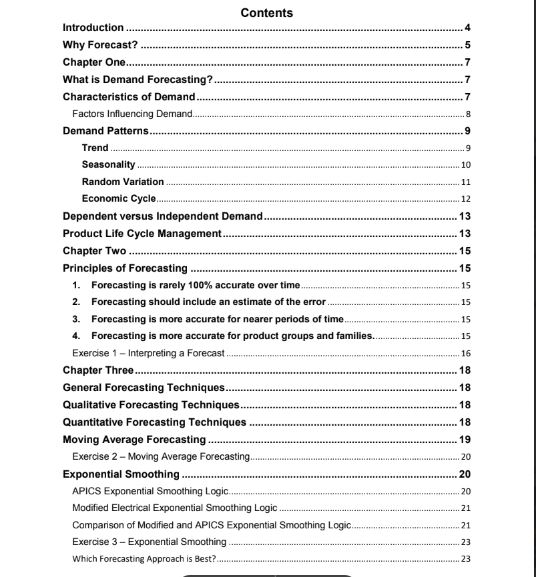
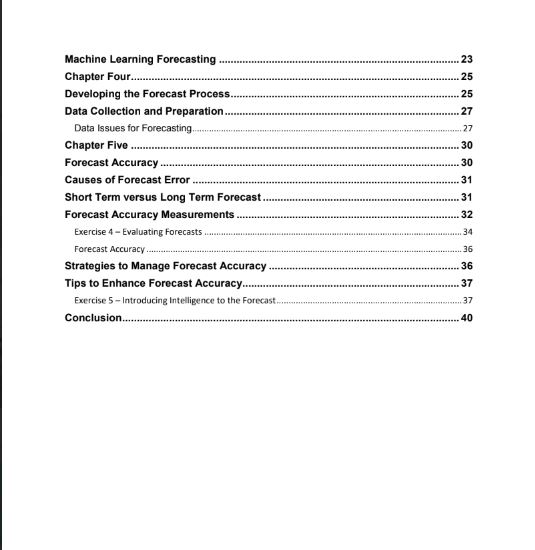
This practical Demand Forecasting Methods Guide explains what is demand forecasting, its influencing factors, patterns, characteristics, and forecasting principles. This Guide also explains Demand Forecasting Techniques, how to develop a demand forecasting process, forecast accuracy, Tips to Enhance Forecast Accuracy, and machine learning forecasting.
This guide aims to help you manage the present and prepare for the future by assessing the possible future demand pattern. Because there are many facets of the supply chain, especially the modern supply chain, it is essential to have the right amount of inventory stock at all times. However, it does not guarantee the future! Amit Trivedi
This Guide for Demand Forecasting Methods comprised of 6,345 words, 40 pages, 14 pictures and few demonstrating tables!
This Guide will help you kick start and/or improve the Demand Review of Sales and Operations Planning (S&OP) Process.
This Demand Forecasting Methods pdf Guide Describes:
- The characteristics of demand and its relationship to forecast accuracy
- The value and limitations of demand forecasting
- The many kinds of demand forecasting methods, approaches, and methodologies
- Understanding how data management and preparation facilitate the forecast process
- Evaluate why, how, and at what levels to calculate forecast accuracy
- Understanding how the forecast accuracy measurement should be used in decision-making.
Demand Forecasting enhances communication and integration among members of your planning team. In this dynamic business world, we have today, excellent forecasting is vital to gaining and sustaining a competitive advantage. It is vital to optimize productivity through rapid responsiveness to consumers’ needs, improved delivery, and decreased operational costs. Accurate forecasting can mean the difference between being ready for the dynamic changes in the market and being left behind. Overall, forecasting is vital to business growth and success.
You will also find our Inventory Planning Guide and S&OP Self-Assessment Tool helpful.
Supplementary Supply Chain Policies & Procedure You Should Have in Your SCM Policy Book
7 Practical Challenges in S&OP Deployment You Should Avoid
S&OP vs. IBP – What Are The Top 5 Differences?
Access our E-Books on our Website!
Stocktaking Procedure - The Ultimate Guide
$ 35
Optimize Your Inventory: A Guide to Planning Methods
$ 20
Plan For Every Part Template & Guide
$ 30
The Most Complete Supply Chain Terms and Glossary
$ 20
Ratings and Reviews
What's your experience? We'd love to know!
Write a ReviewThere are no reviews yet. Be the first one to write one.
No reviews found.
- Upgrade to
Student orPro plan to avail more discounts and perks - Unlimited access, anywhere, anytime
Book Contents
- Introduction 4
- Why Forecast? 5
- Chapter One 7
- What is Demand Forecasting? 7
- Characteristics of Demand 7
- Factors Influencing Demand 8
- Demand Patterns 9
- Trend 9
- Seasonality10
- Random Variation11
- Economic Cycle 12
- Dependent versus Independent Demand 13
- Product Life Cycle Management 13
- Chapter Two 15
- Principles of Forecasting 15
- Forecasting is rarely 100% accurate over time 15
- Forecasting should include an estimate of the error 15
- Forecasting is more accurate for nearer periods of time 15
- Forecasting is more accurate for product groups and families. 15
- Exercise 1 – Interpreting a Forecast 16
- Chapter Three 18
- General Forecasting Techniques 18
- Qualitative Forecasting Techniques 18
- Quantitative Forecasting Techniques 18
- Moving Average Forecasting 19
- Exercise 2 – Moving Average Forecasting 20
- Exponential Smoothing 20
- APICS Exponential Smoothing Logic 20
- Modified Electrical Exponential Smoothing Logic 21
- Comparison of Modified and APICS Exponential Smoothing Logic 21
- Exercise 3 – Exponential Smoothing 23
- Which Forecasting Approach is Best? 23
- Machine Learning Forecasting 23
- Chapter Four 25
- Developing the Forecast Process 25
- Data Collection and Preparation 27
- Data Issues for Forecasting 27
- Chapter Five 30
- Forecast Accuracy 30
- Causes of Forecast Error 31
- Short Term versus Long Term Forecast 31
- Forecast Accuracy Measurements 32
- Exercise 4 – Evaluating Forecasts 34
- Forecast Accuracy 36
- Strategies to Manage Forecast Accuracy 36
- Tips to Enhance Forecast Accuracy 37
- Exercise 5 – Introducing Intelligence to the Forecast 37
- Conclusion 40
